-
×
 Profit.ly – Trader and Investor Summit
1 × $32.00
Profit.ly – Trader and Investor Summit
1 × $32.00 -
×
 Eric Thomas and Associates - Breathe University
1 × $87.00
Eric Thomas and Associates - Breathe University
1 × $87.00 -
×
 YIN Force Activator by Rudy Hunter
1 × $32.00
YIN Force Activator by Rudy Hunter
1 × $32.00 -
×
 William McLaren – Time Factor DVD Course
1 × $29.00
William McLaren – Time Factor DVD Course
1 × $29.00 -
×
 Jean Houston - Unlock Your Quantum Powers Course
1 × $57.00
Jean Houston - Unlock Your Quantum Powers Course
1 × $57.00 -
×
 Hans Hannula – Finding Astrocycles with an Ephemeris
1 × $19.00
Hans Hannula – Finding Astrocycles with an Ephemeris
1 × $19.00 -
×
 AthleanX 8 - Video Courses Combo + Future Upgrades AthleanX 8
1 × $49.00
AthleanX 8 - Video Courses Combo + Future Upgrades AthleanX 8
1 × $49.00 -
×
![Fast Confidence [How To Be More Confident │Confidence Building] from Sharon Melnick, Ph.D.](https://salaedu.info/wp-content/uploads/2017/05/Sharon-Melnick-Ph.D.-Fast-Confidence-How-To-Be-More-Confident-│Confidence-Building-220x261.png) Fast Confidence [How To Be More Confident │Confidence Building] from Sharon Melnick, Ph.D.
1 × $47.00
Fast Confidence [How To Be More Confident │Confidence Building] from Sharon Melnick, Ph.D.
1 × $47.00 -
×
 Rockwell Trading - Binary Power Spreads
1 × $297.00
Rockwell Trading - Binary Power Spreads
1 × $297.00 -
×
 Lee Gettess’s Package
1 × $57.00
Lee Gettess’s Package
1 × $57.00 -
×
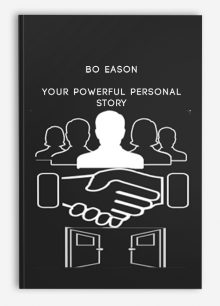 Bo Eason - Your powerful personal story
1 × $97.00
Bo Eason - Your powerful personal story
1 × $97.00 -
×
 ACTIVATE by Holly Perkins
1 × $25.00
ACTIVATE by Holly Perkins
1 × $25.00 -
×
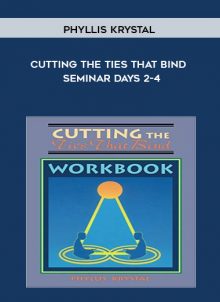 Cutting the Ties That Bind - Seminar Days 2-4 by Phyllis Krystal
1 × $29.90
Cutting the Ties That Bind - Seminar Days 2-4 by Phyllis Krystal
1 × $29.90 -
×
 Amish Shah - The Project 2015
1 × $47.00
Amish Shah - The Project 2015
1 × $47.00 -
×
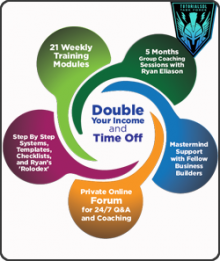 Double Your Income and Your Time Off from Ryan Eliason
1 × $87.00
Double Your Income and Your Time Off from Ryan Eliason
1 × $87.00 -
×
 Trading Concepts - Options Mentoring - Trading Options the Easy Way by Todd Mitchell
1 × $178.00
Trading Concepts - Options Mentoring - Trading Options the Easy Way by Todd Mitchell
1 × $178.00 -
×
 Michael Parsons – Reversal Magic Video Course
1 × $37.00
Michael Parsons – Reversal Magic Video Course
1 × $37.00
Subtotal: $1,206.90

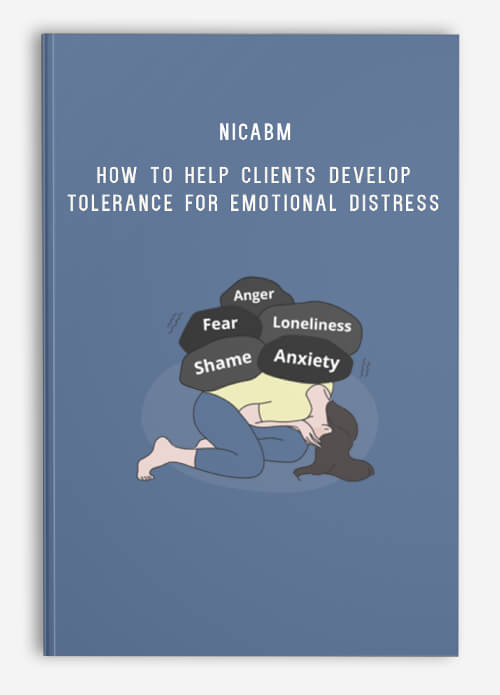
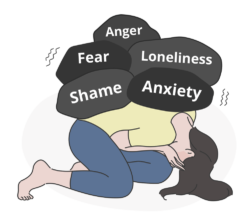










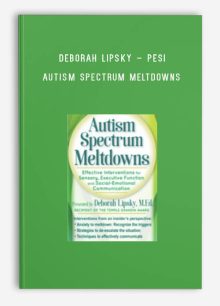
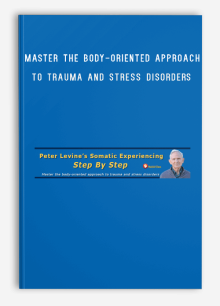
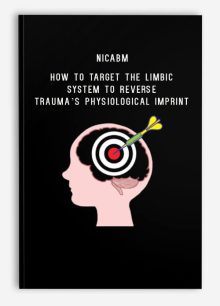


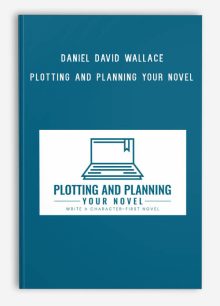

Reviews
There are no reviews yet.